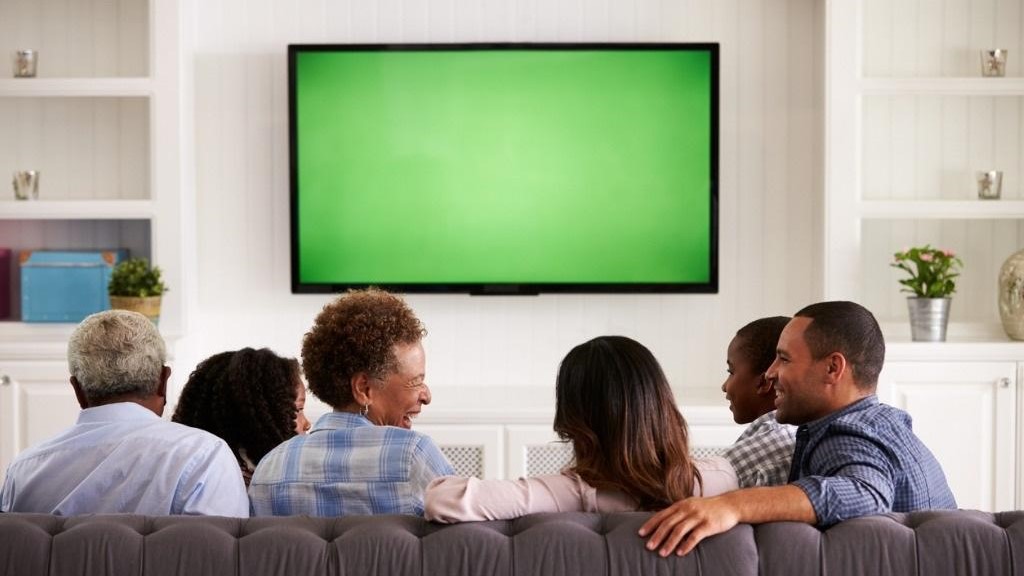New TV Energy Measurement Test in the Works
TV manufacturers and environmental groups are teaming up for more accurate tests

WASHINGTON—TV manufacturers, including Samsung and LG, and environmental advocacy groups have put their heads together to try and tackle what is causing the increase in national TV energy use. Their solution, a new testing method for measuring TV energy use.
Natural Resource Defense Council's (NRDC) Director of the Center for Energy Efficiency Standards Noah Horowitz shared in a blog post that TV makers, CTA and environmental advocacy groups have announced a partnership to achieve three primary goals:
- Create a more accurate test method for measuring TV energy use;
- Test a cross-section of TVs with the updated test; and
- Develop a set of efficiency targets designed to drive down national TV energy use, while preserving the user’s viewing experience
According to a 2017 study, 285 million U.S. TV households consumed roughly 35 terawatt-hours (TWh) of electricity annually. That adds up to $4.5 billion in electricity costs, equal to about a dozen 500 MW coal-burning power plants, per NRDC.
A driving factor in the large energy use is growth in average TV sizes—with TVs 50 inches and bigger becoming the norm—and new features available with TVs, including internet connectivity, higher resolution screens and voice command capabilities through a wirelessly connected speaker.
The design of these new features is key, Horowitz points out. He gives the example of TVs being often going into standby mode, waiting for a command to quickly turn on, instead of being properly turned off. This can double a TV’s annual energy use, Horowitz says. There can also be issues when people change a TV’s default settings, which often automatically enable energy saving modes but are switched off when a new setting is activated.
“To its credit, the TV industry now appears committed to finding fixes to the current test method for measuring TV energy use and to encourage policy makers to adopt the updated test method in the future,” Horowitz wrote. “This way, the manufacturers’ reported energy use for their TVs will better reflect the actual levels typically experienced by consumers—and manufacturers can compete for those customers on a level playing field regarding a TV’s efficiency and operating costs.”
Horowitz also says that the EPA is updating its requirements for ENERGY STAR-labeled TVs, identifying the most energy efficient models for consumers.
Get the TV Tech Newsletter
The professional video industry's #1 source for news, trends and product and tech information. Sign up below.
The new test is expected to be completed in the next several weeks, according to Horowitz. The TV industry will then test new TVs and share the data with the environmental advocacy groups to begin discussions on establishing potential energy use limits for new TVs to drive down economic and environmental costs.
Horowitz estimates that these measures could ultimately save billions of dollars in utility bills for consumers and millions of tons of avoided carbon pollution.
For more information, read Horowitz’s blog.
